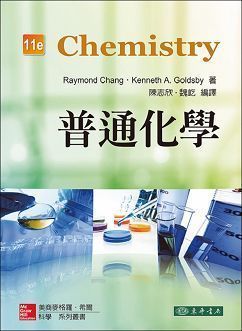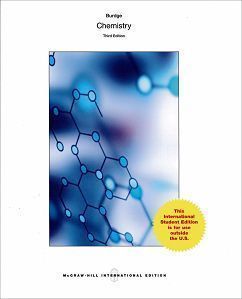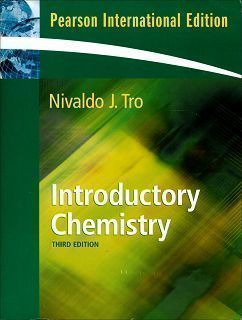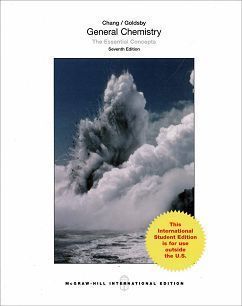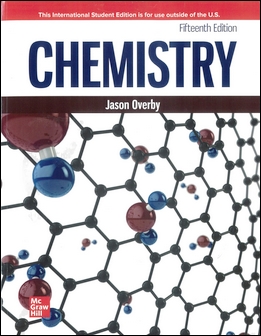書籍分類
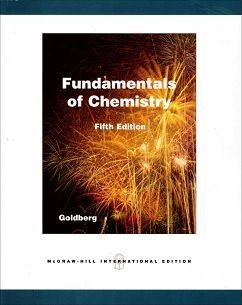
Fundamentals of Chemistry 5/e
作者:David Goldberg
原價:NT$ 1,150
ISBN:9780071106627
版次:5
年份:2007
出版商:McGraw-Hill
版次:5
年份:2007
出版商:McGraw-Hill
內容介紹 目錄 作者介紹
- Description
- To provide a clear, consistent methodology that a student can follow to develop conceptual and quantitative problem-solving skills.
- To engage the student by relying heavily on analogies that relate chemistry to daily life.
- To anticipate the points where students are apt to have difficulty, and to smooth the path to understanding by explaining in detail what the pitfalls are and how to avoid them.
- To present, at one time, points that may be easily confused with one another so that students can avoid making the errors. For example, if a radioactive decay problem asks for the number of atoms that have disintegratedinstead of the number remaining after a certain time, a student might easily make a mistake. If in one problem both the number disintegrated and the number remaining are required, the student can hardly make that same mistake. In a given chapter some early problems ask related questions together and later ones ask them separately to ensure that the differences are not forgotten.
- The addition of a NEW Chapter 17 on Electrochemistry, with calculation of potentials and of stoichiometric quantities from electrical quantities and vice versa. Six new in-chapter examples and forty end-of-chapter problems were added, as well as two tables, Table 17.1 "Electrical Variables and Units" and Table 17.2 "Standard Reduction Potentials".
- The addition of a NEW Section 19.5 on Polyprotic Acids, with Table 19.4 on "Selected Dissociation Constants of Polyprotic Acids".
-
Changes in positions of several sections for better flow of ideas:
- Chapter 2: Presentation of Exponential Numbers before The Metric System
- Chapter 12: Presentation of Dalton's Law immediately after Ideal Gas Law
-
Five new Item of Interest additions:
- Chapter 10: Ion mass in food chemistry
- Chapter 14: High heat of water and steam
- Chapter 17: Purification process of copper Galvanic cell reactions
- Chapter 19: H2S, a dangerous but useful gas
- New Enrichment Box on Controlled Experiments in Chapter 13
- The elimination of section 16.6 on Equivalents and Normality from Chapter 16. These concepts are available online for instructors who want them; contact your McGraw-Hill Sales Representative.
Chemistry is a dynamic and rapidly changing field. It is an extraordinarily interesting subject to study and an intriguing one to teach. The diversity of knowledge of the beginning student presents a unique challenge to the student and to the teacher. This text is written primarily for use in courses designed to prepare students who wish to pursue a science major requiring a comprehensive course in general chemistry. These students, in most cases, have never taken a course in chemistry or have had limited instruction in the basic math that is required to solve chemistry problems, so a chemistry course can be very threatening to them.
To address this issue, this text has four major goals:
Changes in the fifth edition include:



